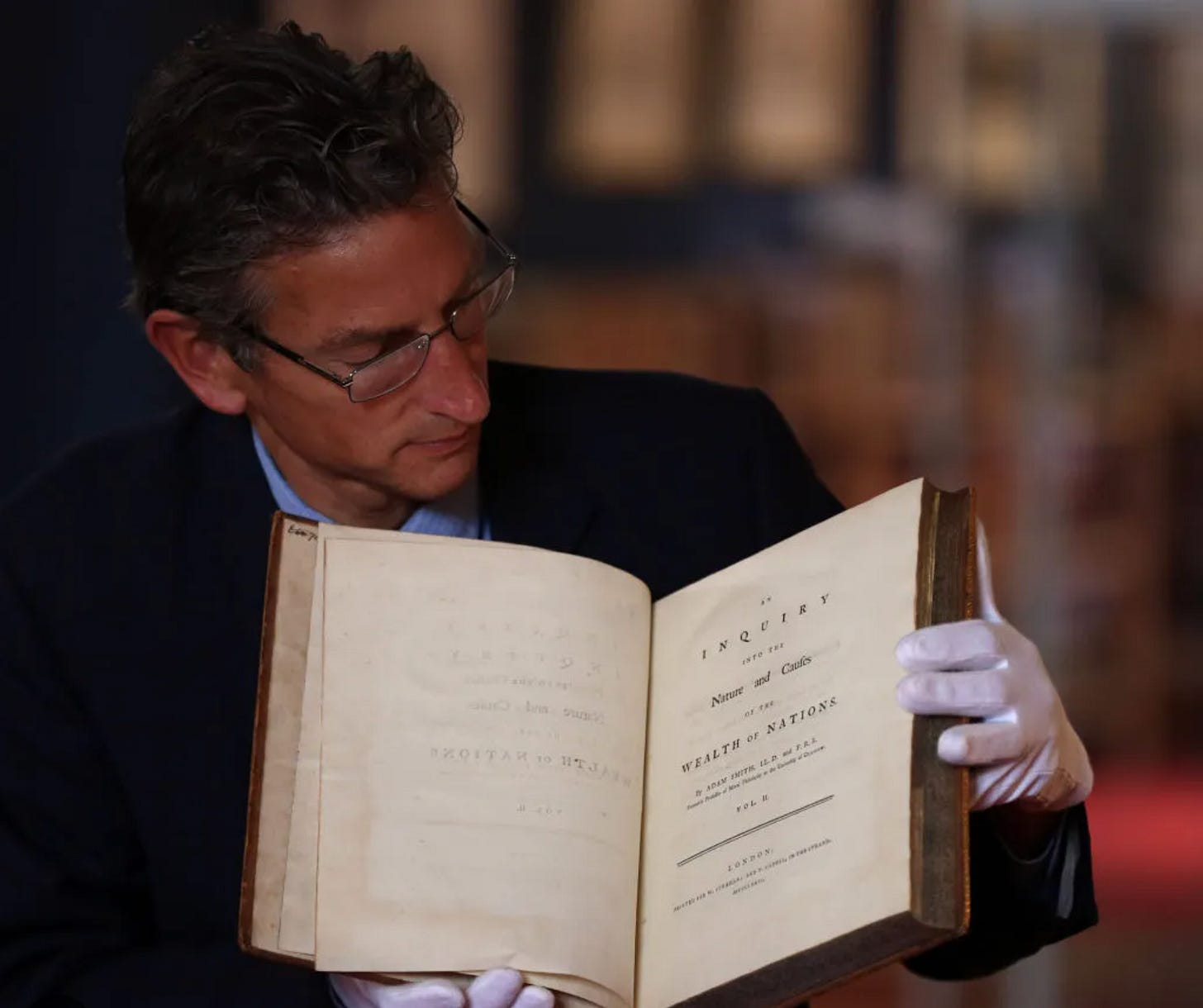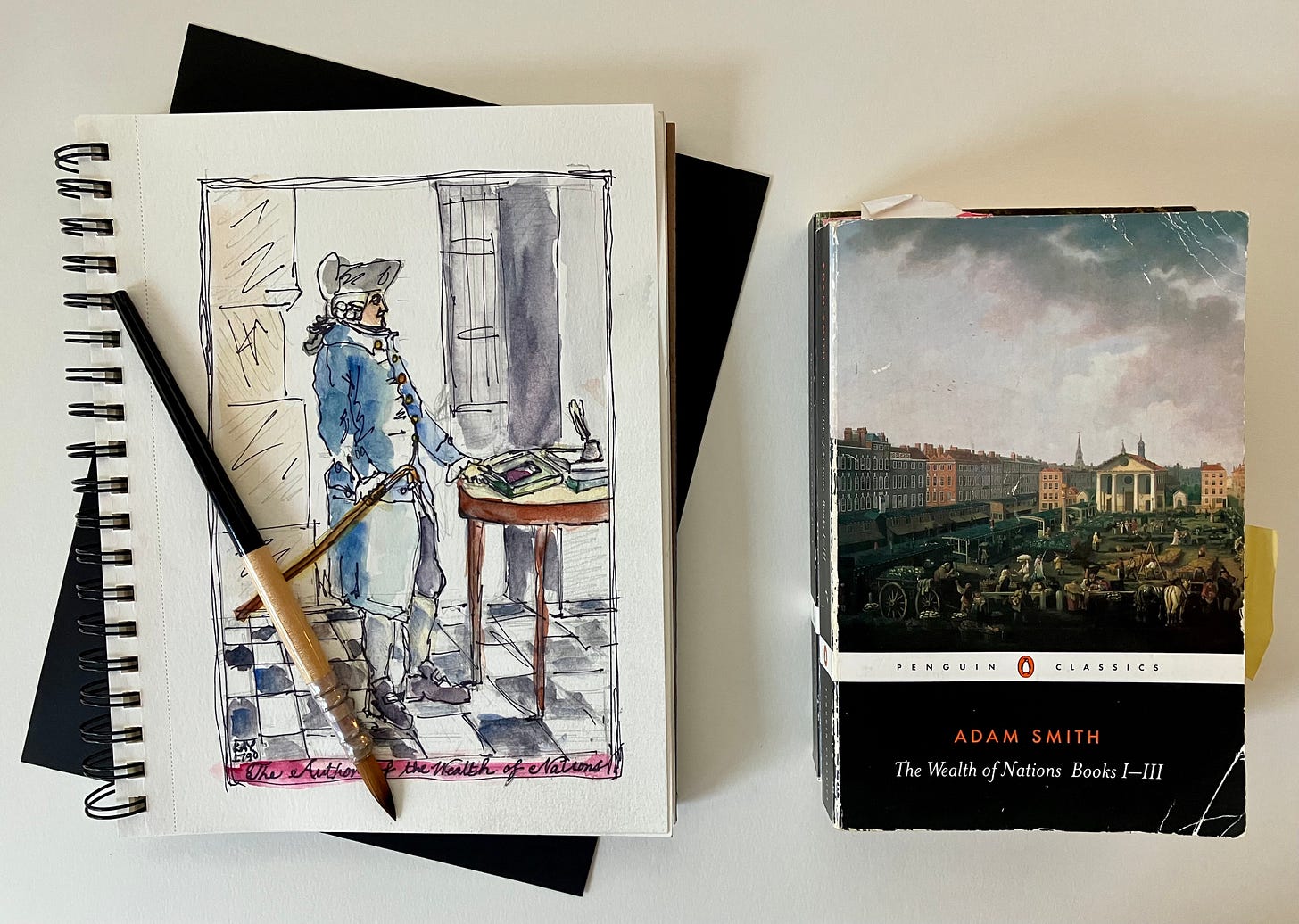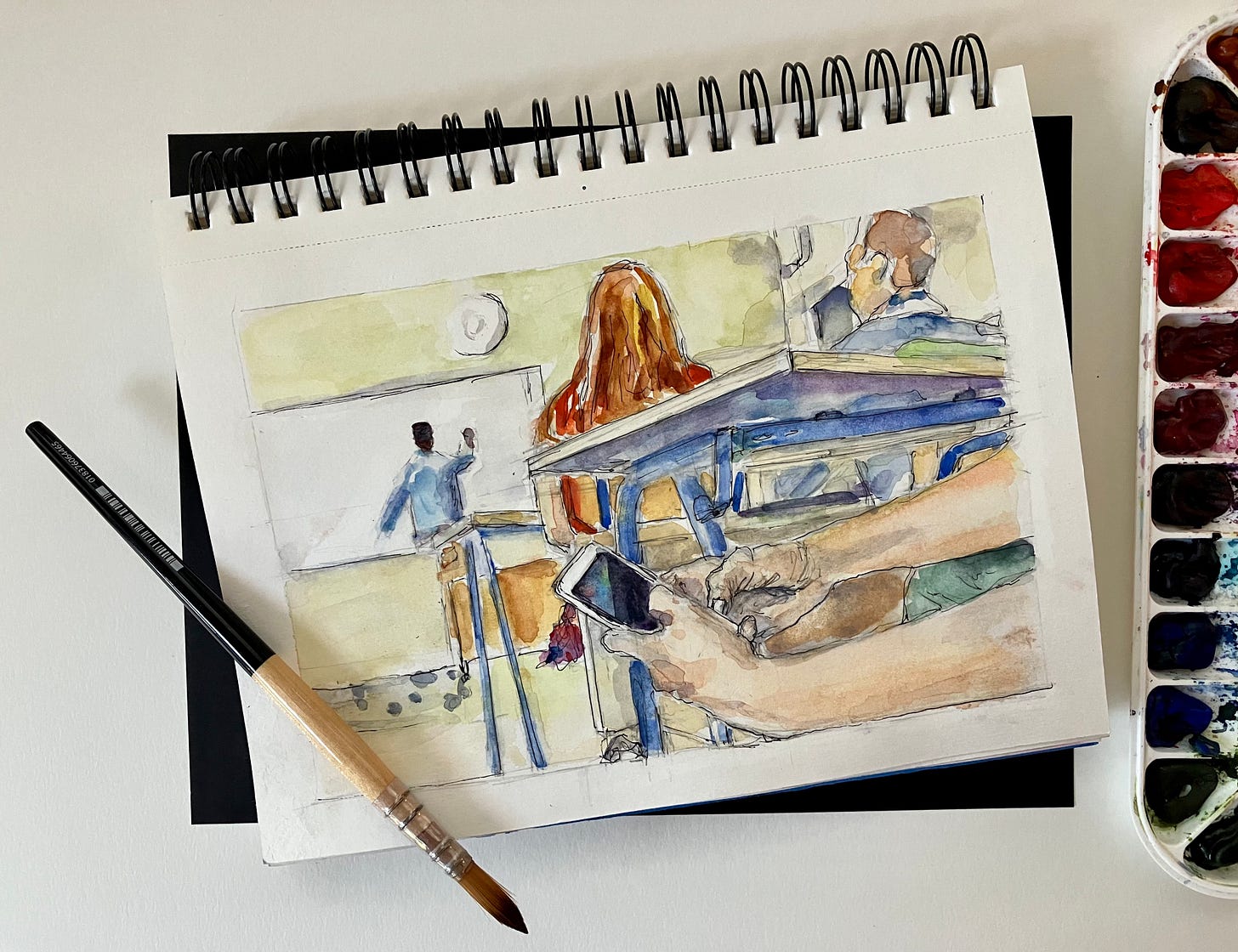
Governor Spencer Cox of Utah and other U.S. leaders have suggested banning student cellphones in classrooms to help protect children from the perils of Big Tech. The reality is, however, that most schools have not taken this step and may not do so anytime soon. So, at least for now, administrators, teachers, parents, and students will still need to manage phones in the classroom in ways that minimize disruption and maximize learning.
Although the ubiquitous cellphone undoubtedly can serve practical purposes and even save lives during school emergencies, the improper use of student phones in America’s classrooms undermines the essential cultivation of intellectual community by encouraging habits of deceit, eroding the relationship between teachers and students, and poisoning the learning environment.
In my experience, permitting the use of phones in the classroom distracts and isolates students while compromising learning. That is why I insisted students keep their phones in their backpacks from the moment they stepped in the classroom.
That approach worked beautifully for me for years in both public and private high schools, but one day – it didn’t…
I remember how pleasantly surprised I was to see that one of my Modern European History students - we’ll call him Jack - had suddenly developed such extraordinary zeal for reading Adam Smith’s monumental work, The Wealth of Nations. I took pride in having my students learn from such a groundbreaking and substantive primary source by the “Father of Economics.” Most of my students found reading from this towering masterwork a little dry (even though they only read excerpts, I can’t blame them. Honestly, it’s a little dense at times). To see Jack eagerly take the book off the shelf first thing many mornings just to ingest a few pages of Smith’s genius before class deeply inspired me as a teacher. I encouraged Jack to keep up the good work - to keep developing his new found interest - to keep reading. Jack cheerfully assured me, “Oh, I will, Mrs. Bowman!” Was it something about my recent lecture on the invisible hand and the laissez faire capitalist model that inspired Jack’s curiosity? Or perhaps the deep dive into the division of labor and our well-formulated class simulation of the pin factory?

It would be weeks before I discovered Jack’s true inspiration.
On a pleasant Thursday afternoon, at the end of one of those days when teaching feels most rewarding – engaged students enjoying their learning, essays graded and returned, the end of a unit approaching – I found myself with a few extra minutes to tidy up the bookshelf in my classroom. The wonderful floor to ceiling (fake) mahogany bookshelf housed volumes written by some of history’s most brilliant minds. I took pleasure in just skimming the titles and pondering how best to share some of this invaluable knowledge with my students.
At that moment, in the midst of an educator’s reverie, I discovered it.
As I continued to arrange the items on the shelf, I happened to pick up one of the copies of Wealth of Nations. While happily flipping through the pages, I found that someone had used a knife to carve out the heart of the book, destroying around a hundred pages to create a roughly 3” x 6” x 1” rectangular grave-like recession - a secret compartment tailor made to conceal a smartphone from a teacher’s view.
Jack had been deceiving me by using his creation to conceal his covert use of a cellphone during class. And he had done so repeatedly.
Ultimately, Jack apologized and experienced the appropriate consequences, but he still suffered from the damage he had done to himself. First, Jack wasted valuable time he could have used for learning to devise and implement his scheme. He then misused and destroyed property he had to replace. Next, Jack had to deal with the unpleasant reality that he had deceived his teacher - a person entrusted to stand in loco parentis (in the place of a parent).
Jack went the extra mile by carving up The Wealth of Nations to conceal his shenanigans. However, most students who choose to inappropriately use their phones during class time select the discount option for concealment - they just hide the phone under the desk or behind an open book.
No need for a carve-out.
Each time a student successfully deceives his or her teacher - even if the act seems harmlessly humorous or Ferris Bueller-esque at first – he or she is in fact building a habit of dishonesty.
In Jack’s case, the motions included taking the altered book off of the shelf, placing the phone in the book, and scrolling through texts during a lesson. For most, it is taking the phone out of a pocket, carefully positioning it in the hand to conceal it under the desk, determining how to look down at the screen without tilting one’s head, managing the fear of being called on, and faking that one is paying attention in class by making a vacuous comment related to a discussion topic closed out several minutes ago.
Repeated anomalous acts of trickery quietly transform an honest person into a dishonest one.
And the student may barely notice the change.
Over time, the seemingly small-scale isolated deceits become routine. The cumulative effect of all of the acts and sub-acts associated with using a phone inappropriately during class eventually begins to alter a child’s character and view of herself.
Her conscience becomes increasingly comfortable with the practice of lying, thereby altering her character, potentially increasing the likelihood of cheating on homework and tests, and perhaps ultimately setting the student up for failure.
In addition to the damage to the individual student, the practice also erodes the most important relationship a student can have at school: the relationship with his teacher.
Most students in the United States spend over a thousand hours with their teachers each school year. And great educators know that building strong relationships with students is the secret to excellent teaching – and learning.
An analysis of 46 educational research studies by the Review of Educational Research discovered that “strong teacher-student relationships were associated in both the short- and long-term with improvements on practically every measure that matters: higher student academic engagement, attendance, grades, fewer disruptive behaviors and suspensions, and lower school dropout rates.” Students learn most when they feel safe, secure, and cared for.
The student-teacher relationship begins on the first day of school and ideally continues to grow as the weeks and seasons pass, every interaction potentially helping build a relationship of trust and care between teachers and students. These unique relationships may affect the student’s life trajectory in profound ways - helping the student discover purpose and develop talents, confidence, and life-long interests.
Good teachers understand that conveying knowledge effectively requires the building of a strong relationship that forms a reciprocal bridge across which knowledge can be shared. Dishonest behavior related to concealing cell phones damages and may even destroy that bridge. Once a trust is broken, the relationship changes and the learning dynamic can too.
When a student covertly uses a phone in the classroom, it also inevitably affects his or her classmates. The act wastes time, distracts, and can disrupt the flow of thought and discussion – essentials to learning. On an emotional and moral level, the practice confronts other students with an awkward dilemma: tell the teacher and risk being called a “snitch” or look the other way. The former creates tension among students and the latter complicity. In my experience, the improper use of cellphones in a classroom may encourage peer resentment and perhaps even conflict between students who disapprove of the covert phone use and find it distracting, and those who tolerate or mimic the act.
When that happens, the damage proliferates, poisoning the intellectual community and culture of academic teamwork. Students may also lose a degree of respect for a teacher who fails to address an incident quickly, weakening his or her ability to manage the classroom. A collegial environment focused on learning can deteriorate into one characterized by dishonesty, disrespect, and distraction.
Admittedly, in this tragic age of school shootings, cellphones seem essential in the classroom, providing a means to contact parents and reach out for help during emergencies. That can save lives.
So what’s to be done?
Simply put, teachers can require that students keep phones in their backpacks from the moment they enter the classroom. In my experience, this approach prevents the negative consequences described above while ensuring phones are available for emergencies.
It may be hard to believe that something so basic may also seem impossible to some. It isn’t. I successfully employed this approach for years in both private and public high school classrooms.
To be sure, this approach requires planning and persistence, particularly in the beginning, but pays huge dividends throughout the school year, notwithstanding the occasional surprises introduced by students such as Jack.
On Thursday, I will share more about how administrators, teachers, parents, and students can successfully implement such an approach.
Until the next post!
-Antonette




